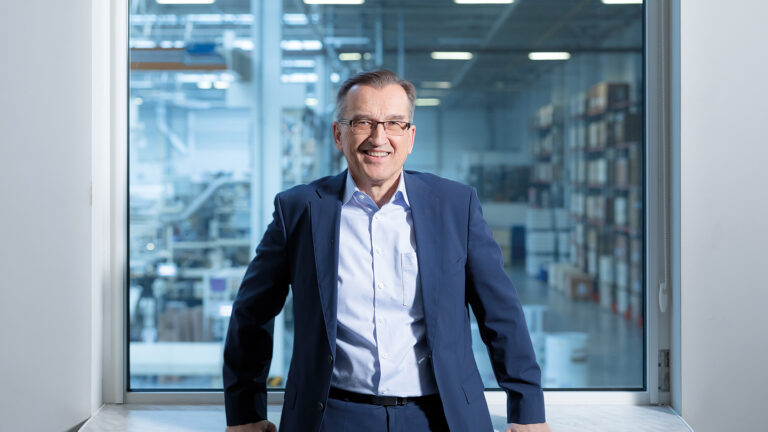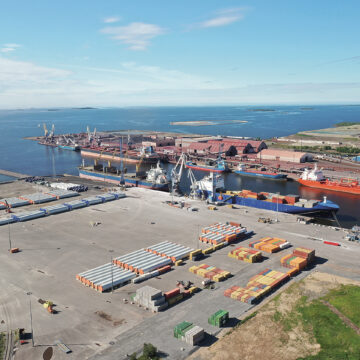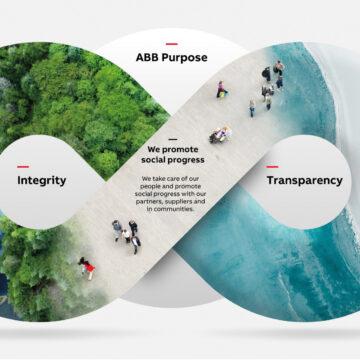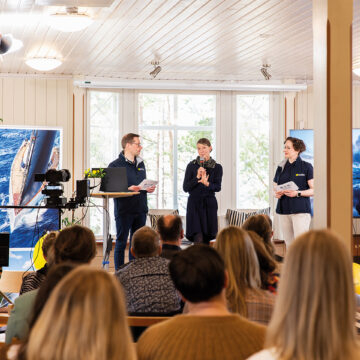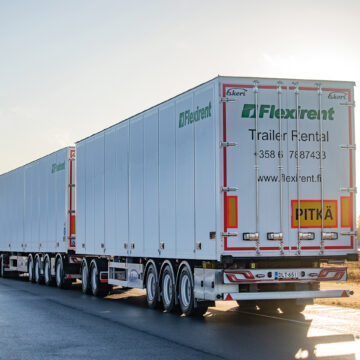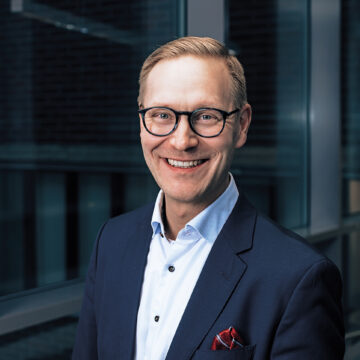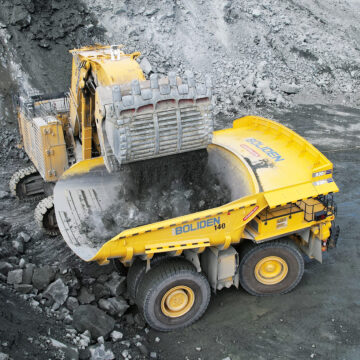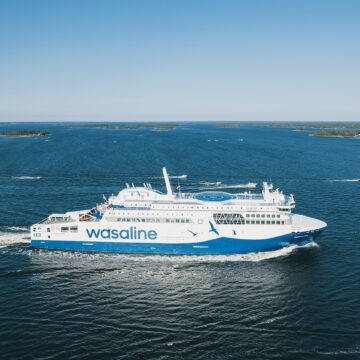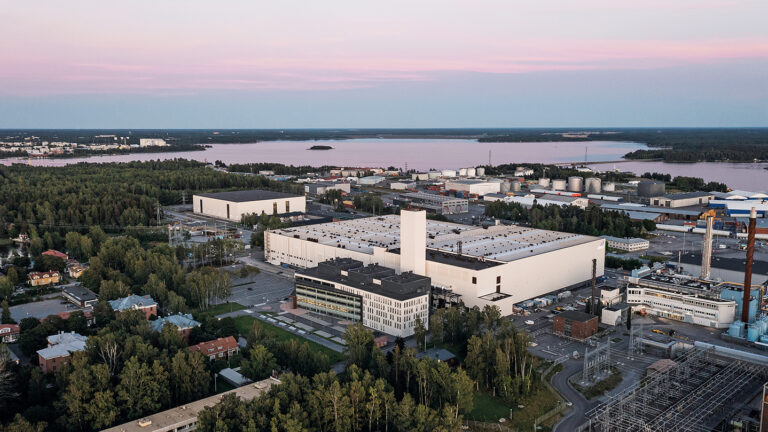
Wärtsilä’s Sustainable Technology Hub is a test lab for new technologies
In 2022, Wärtsilä inaugurated its biggest investment ever, the Sustainable Technology Hub (STH) in Vaasa. The purpose of STH is to enable Wärtsilä to fulfill its strategy – to help marine and energy customers decarbonize their operations. Not only is the energy self-sufficient building itself a showcase, but it is also a test lab for new sustainable technologies. One area which is explored at STH are future fuels.
“When a customer orders a new engine from us, we know it has a lifespan of 30 years. Therefore, it is crucial that we make our products future proof, which means that they can be run on other fuels than LNG or diesel in the future”, says Hannu Mäntymaa, Managing Director of Wärtsilä Finland.
Some of the future fuels that Wärtsilä explores at the moment are ammonia, methanol, biogas and synthetic gas. In 2023, the company will deliver its first methanol engines to customers, and in 2025, Wärtsilä plans to present a hydrogen concept for engines.
“The key to decarbonization in this sector is flexibility, rather than one option that fits all. As we use to say, green is not black or white. One challenge is that the marine business is global and that the standards are therefore scattered”, Mäntymaa explains and adds:
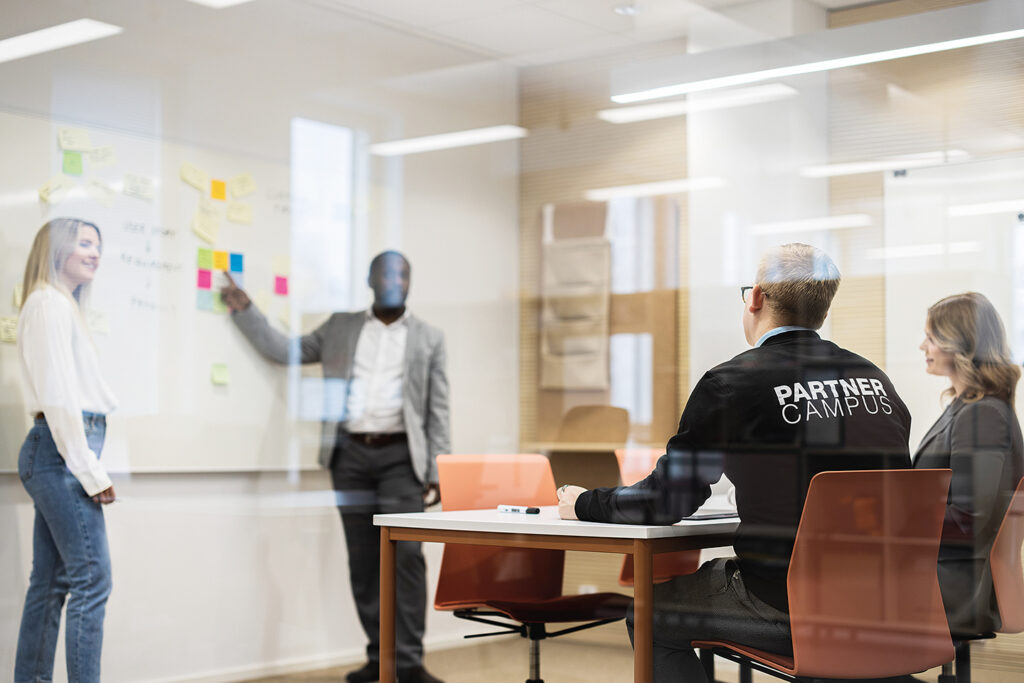
“However, in the coming ten years, there will be more technological development in the marine business than there was in the previous 30 years.”
To achieve the goal of decarbonization, cooperation is key. There is a need for a new kind of collaboration, where different parts of the value chain work more closely together than before. Therefore, one of the main goals with STH is to bring different operators together. Under the Partner Campus, customers and other stakeholders join forces to find new future solutions.
“This way of working calls for a new mindset, and we are happy to see that there has been even more interest than we anticipated”, Mäntymaa says.
One example of the cooperation is the Zero Emission Marine initiative which aims to explore future fuels and engine development. Another example is the H-Flex-E project done in collaboration with the EnergySampo innovation ecosystem, which aims at building a pilot facility for producing hydrogen from surplus wind power. This project is already in the permission stage.
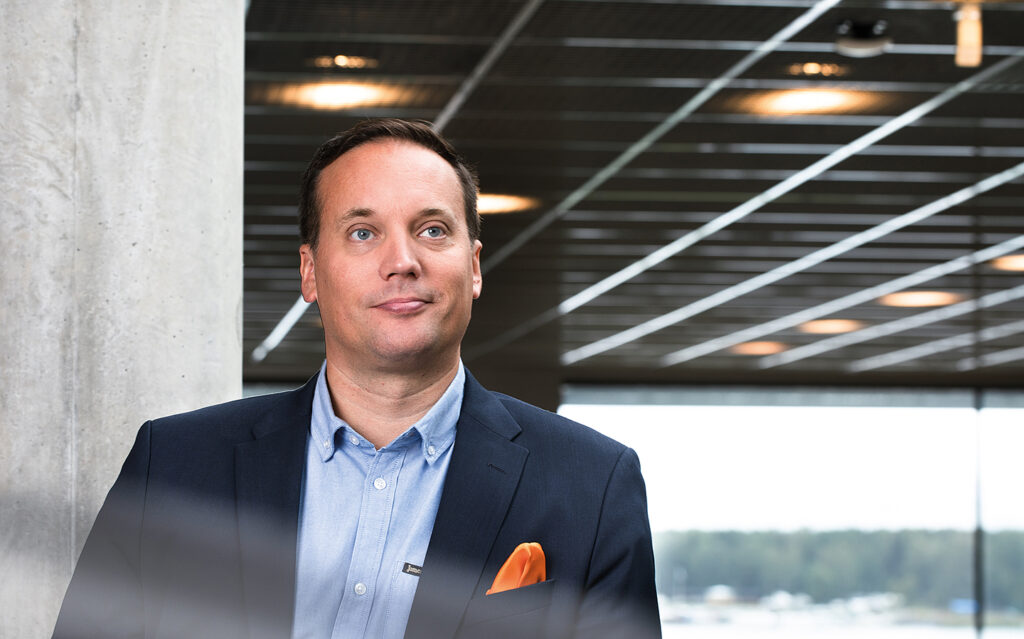
“We want to be a thought leader when it comes to decarbonization. These efforts are living proof of the fact that we do things in practice and not only talk about them. We are convinced that you can do good business while at the same time saving the planet”, Mäntymaa points out.
The STH facilities are located by the port in Vaasa, which in many ways is beneficial. Nearby, there is the Wasaline ferry, which works as a floating test lab for Wärtsilä, as one of the ferry’s engines is an ongoing test platform. Wärtsilä can monitor and adjust the engine’s energy efficiency, while it also provides valuable knowledge for Wärtsilä’s operations at large.
Today a large part of Wärtsilä’s turnover comes from services. After Wärtsilä has delivered an engine or a power plant, it is often run with the help of Wärtsilä’s remote control. Artificial intelligence can detect problems sooner than any human is able to.
“Our services business will continue to grow and become even more important as we can add more steps to our service ladder from a sustainability perspective. For example, we do a lot of retrofittings and conversions, which save fuel and lower emissions”, Mäntymaa explains.
Wärtsilä has also decided to move its hands-on training functions from Turku to Vaasa. The Land & Sea Academy provides training for customers as well as Wärtsilä’s own employees from all over the world.
“All in all, we are happy to see that STH has been a success so far. There is a lot of interest for this concept, and we have had more visitors and collaboration partners than we would have expected.”

